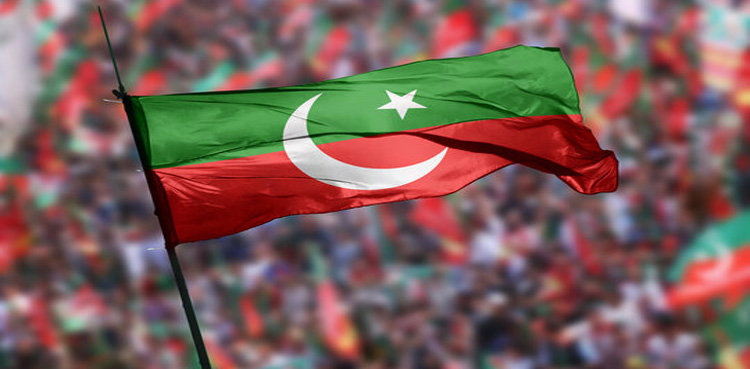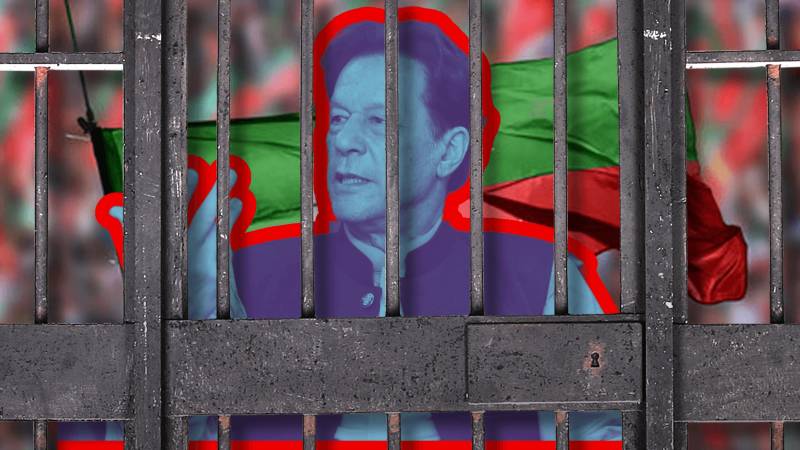Arshad Mahmood Awan
The State Bank of Pakistan (SBP) recently announced a reduction in its policy rate by 200 basis points, bringing it down to 13.0%. This marks the fifth consecutive rate cut since June of this year, making the cumulative reduction 9.0% over a relatively short period. The decision was widely anticipated by market analysts, with expectations that the rate cut would boost economic activity. In fact, the Pakistan Stock Exchange (PSX) surged, surpassing the 116,000-point mark for the first time, following the milestone of 100,000 points earlier in the year. Most analysts believe that the SBP’s monetary easing could continue, especially given the positive trend in inflation data and the slowing impact of gas price hikes.
The decision to lower interest rates is based on the SBP’s view that inflation has continued to decline, particularly in food prices, which have been a key driver of consumer costs. For instance, headline inflation in November fell to 4.9% year-on-year, aligning with the expectations of the Monetary Policy Committee (MPC). This drop is attributed to a reduction in food inflation and the waning effects of the gas tariff hikes implemented in November 2023. However, while the reduction in food prices has been a welcome development, core inflation, which excludes food and energy costs, remains stubbornly high at 9.7%. This persistent inflation indicates that inflationary pressures in the broader economy are still far from being fully tamed.
As the MPC itself acknowledges, the inflationary outlook remains volatile, with inflation expectations from both consumers and businesses continuing to fluctuate. The SBP expects that inflation could remain volatile in the short term before eventually stabilizing within its target range of 5.0% to 7.0%. This indicates that, despite the positive developments in inflation, there is still considerable uncertainty about the future trajectory of price levels. Moreover, while there has been some improvement in growth prospects, with economic indicators showing a slight uptick, much of the economy remains under pressure. The long-term challenge remains the need to ensure that inflation is brought under control without stifling economic growth.
On a macroeconomic level, Pakistan’s current account has remained in surplus for three consecutive months, a positive sign for the economy despite ongoing challenges. This has occurred despite relatively low financial inflows and significant debt repayments. The surplus can largely be attributed to favorable global commodity prices, which have reduced import costs and alleviated some domestic inflationary pressures. Additionally, credit to the private sector has increased, suggesting that financial conditions are easing somewhat, with banks attempting to meet their advances-to-deposit ratio targets. These signs point to some degree of economic stabilization, but they also reveal underlying vulnerabilities.
One of the most significant challenges Pakistan continues to face is the widening gap in tax revenues. Despite some positive trends in the broader economy, the shortfall in tax collection has only grown. This is particularly concerning as the government strives to remain in compliance with the International Monetary Fund (IMF) program, which is contingent on meeting fiscal targets, including revenue collection. As such, it is likely that the government will be forced to introduce additional revenue collection measures, which could have a detrimental effect on the inflation outlook. Higher taxes would inevitably add to the cost burdens of consumers and businesses alike, and may even exacerbate the already volatile inflationary environment.
For ordinary citizens, the situation remains precarious. While the rate of price increases has slowed down, the cost of living is still significantly higher than it was just two years ago. The purchasing power of the average consumer has been severely eroded as incomes and job opportunities have not kept pace with the rising cost of goods and services. For many, economic survival remains a constant struggle, and the prospect of further tax increases only adds to the sense of economic insecurity. The likely continuation of fiscal tightening through measures such as increased revenue collection is expected to further burden households, especially those who are already struggling with rising prices.
From a political perspective, the government’s ability to maintain public support will be crucial for its economic strategy. With inflation still a key issue and many citizens feeling the strain of higher costs, retaining political backing will become increasingly difficult. The growing discontent with high prices, along with the anticipated tax hikes, could lead to public unrest or dissatisfaction with the government’s handling of the economy. This is a critical moment for policymakers, as their ability to balance economic stabilization with the welfare of the population will determine the long-term success of their efforts.
While the stabilizing of the economy, as evidenced by the recent positive trends in inflation and growth indicators, should be celebrated, it is equally important to acknowledge that this stabilization alone is not enough to address the deeper issues facing Pakistan’s economy. The country’s rapidly growing population means that the economic growth rate, even if slightly improved, is still insufficient to provide the majority of citizens with a higher standard of living. As the population grows, so does the demand for jobs, services, and infrastructure. If the economy continues to grow at the current pace, it will be difficult for most Pakistanis to secure a better quality of life.
Moreover, while inflation may have eased in some areas, its long-term volatility remains a threat, and the struggle to balance fiscal responsibility with the needs of the population is far from over. The IMF program may provide much-needed support, but it comes at the cost of increased taxes and austerity measures that will likely hit the public hardest. In a country where the majority of people live paycheck to paycheck, this economic model, focused on external support and internal fiscal tightening, is unlikely to lead to sustainable prosperity for most citizens.
In conclusion, while the recent monetary policy decisions, including the rate cuts and favorable trends in inflation, represent progress in Pakistan’s economic stabilization efforts, they highlight the ongoing struggles faced by ordinary citizens. The road to economic recovery remains long and fraught with challenges. The government’s ability to manage inflation, improve tax revenues, and maintain public support will be essential in ensuring that the benefits of economic recovery are felt by all Pakistanis, not just the affluent few. As the country continues to navigate its economic path, it is vital that the government’s economic policies not only stabilize the macroeconomy but also deliver tangible benefits to the people.

















